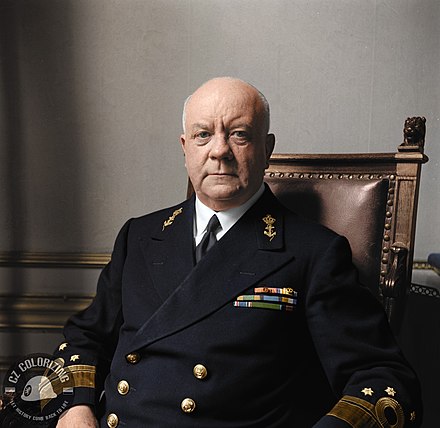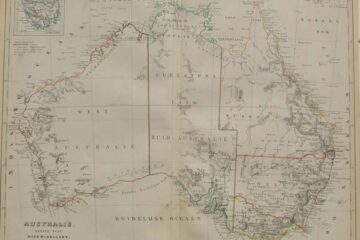The American-British-Dutch-Australian (ABDA) Command, or ABDACOM, was a short-lived, supreme command for all Allied forces in Southeast Asia, the area also included the supply port of Darwin, in the Northern Territory, Australia.
ABDA had been established at Bandung, Java on 10 January 1942 and became operational following the declaration of war by Japan on 12 January 1942.
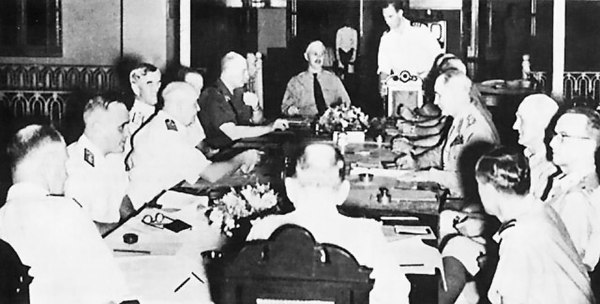

The main objective of the command, led by British General Sir Archibald Wavell, was to maintain control of the “Malay Barrier”, a notional line running down the Malayan Peninsula, through Singapore and the southernmost islands of Netherlands East Indies NEI). Although ABDACOM was only in existence for a few months and presided over one defeat after another, it did provide some useful lessons for combined Allied commands later in the war.
Photos below are the arrival of the British General Sir Archibald Wavell at Kemajoran Airport on Januari 10 on his way to the inaugural ABDACOM meeting. He traveled in the Dutch Lodestar LT 925 Commanded by Res. Elt Yves “Bels” Mulder (Pilot). On board was also Brig Joop van Doorn, (Radio Operator).

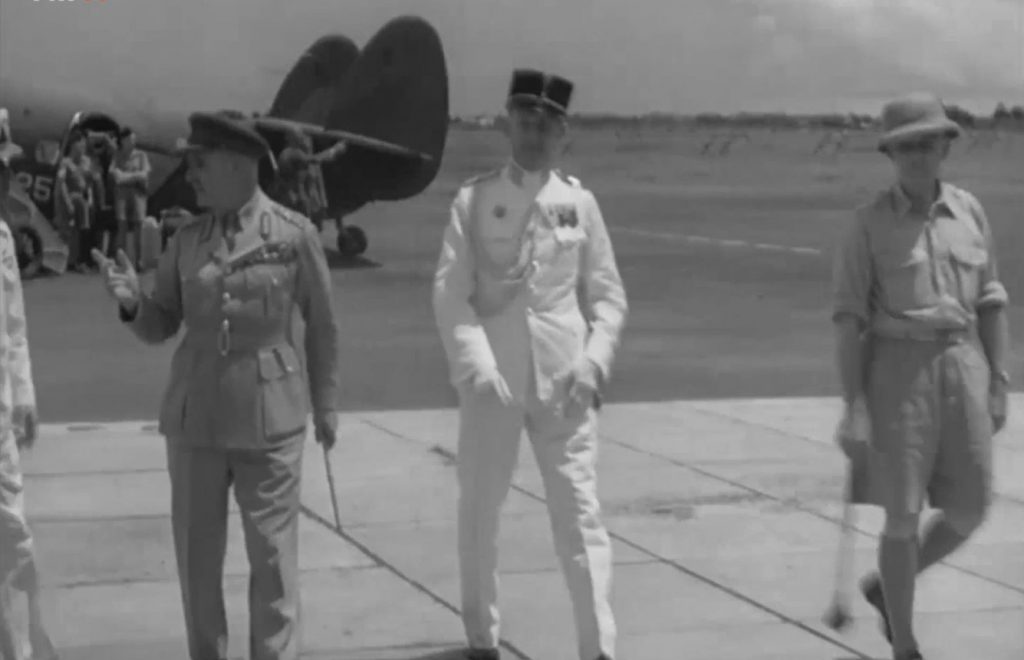
The ABDACOM theatre of operation was huge, but its force was thinly spread , covering an area from Burma in the west, to Dutch New Guinea (DNG) and the Philippines in the east. The western half of northern Australia was added to the ABDA area.
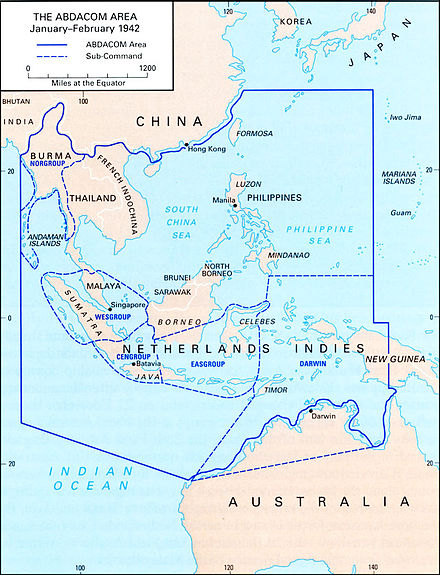
The reason why the Dutch participated in ABDA and therefore relinquish direct control over its own forces was based on two promises.
- The British Military Command was certain that they could defend Singapore and that this would stop the Japaneses moving on to NEI.
- ABDA promised that reinforcement would become available if needed for the defense of NEI.
ABDA was launched on shaky grounds. There were no previous arrangements between the four nationalities, they used different equipment and had not trained together. The countries also had different priorities of the national governments.
- British leaders were primarily interested in retaining control of Singapore.
- The military capacity of the Dutch East Indies had suffered as a result of the defeat of the Netherlands in 1940, and the Dutch administration was focused on defending the island of Java.
- The Australian government was heavily committed to the war in North Africa and Europe, and had few readily accessible military resources.
- The US was preoccupied with the Philippines, which at the time was a U.S. Commonwealth territory, also General Douglas MacArthur took little notice of ABDA and operated on his own.
While the coalition went from loss to loss there were a few successes.
The ABDA attack led by the U.S. Navy at Balikpapan, Borneo on January 24, costed the Japanese six transport ships, however it had little effect on them capturing the prized oil wells of Borneo. However, the defence force was able to destroyed the at that time largest oil refinery in the world and it was not until later in 1944 before the Japanese were able to bring production back to pre-war levels.
Perhaps the most notable success for ABDA forces was the guerrilla campaign in Timor, waged by Australian and Dutch infantry for almost 12 months after Japanese landings there on February 19.
An other unit was able to defend the airfield of Babo (DNG) long enough to destroy it before the Japanese reached it. Sadly the non-white workers were not allowed to join the evacuation of the force because of Australia’s White Policy.
After the fall of Singapore, British interest and its capabilities in ABDA started to waver. While the Dutch had thrown in their equipment (and lost most of it) for the defence of Singapore, they got little in return now NEI became the Japanese next target.
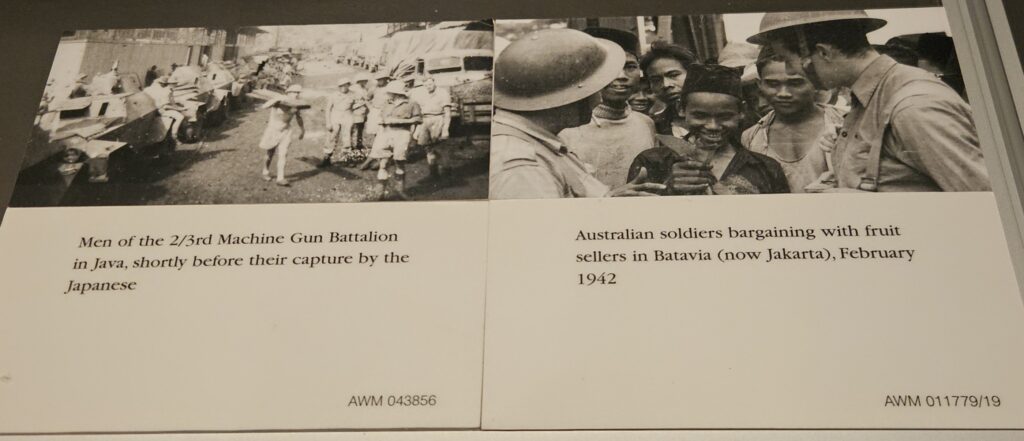
From 15 February onward, Japanese bombers attacked the capital Batavia (now Jakarta) and government operations were removed to Bandung. The promised reinforcement from the other Allies never eventuated. This also had a major effect on the Battle of the Java Sea (27 February 1942).
Following the destruction of the ABDA naval strike force under Rear-Admiral Karel Doorman, at the Battle of the Java Sea, ABDA effectively ceased to exist.
